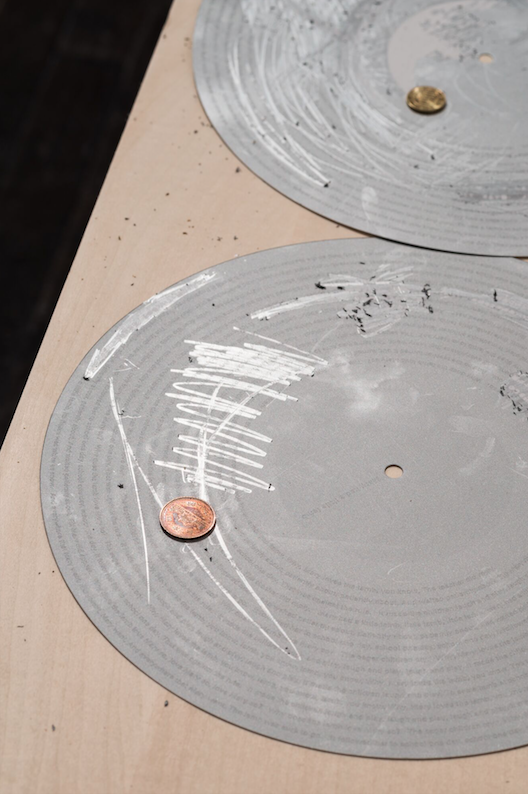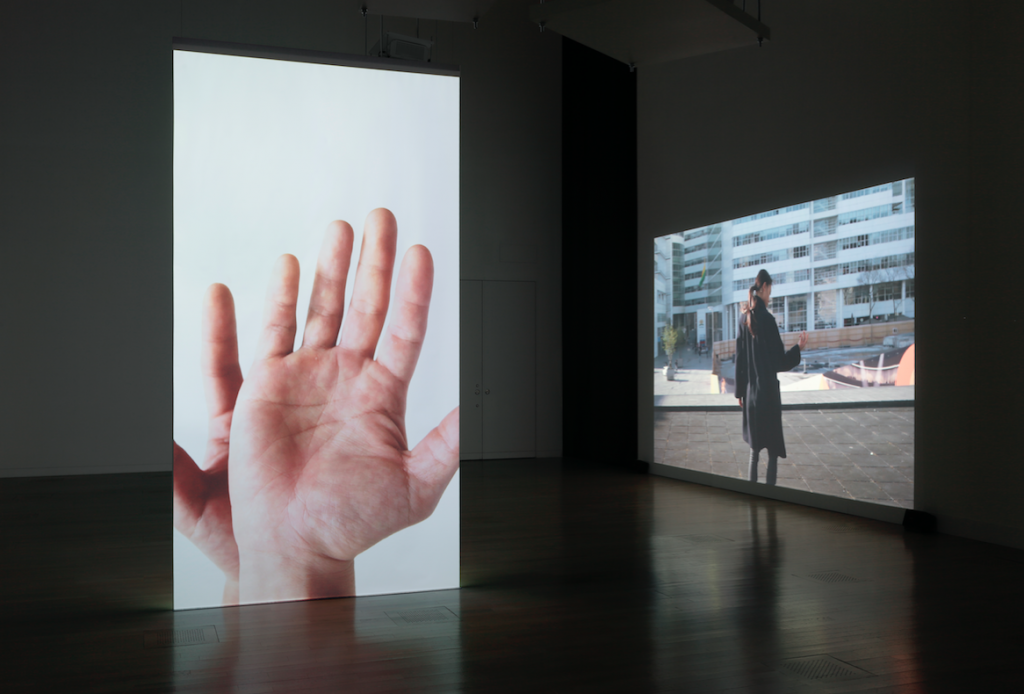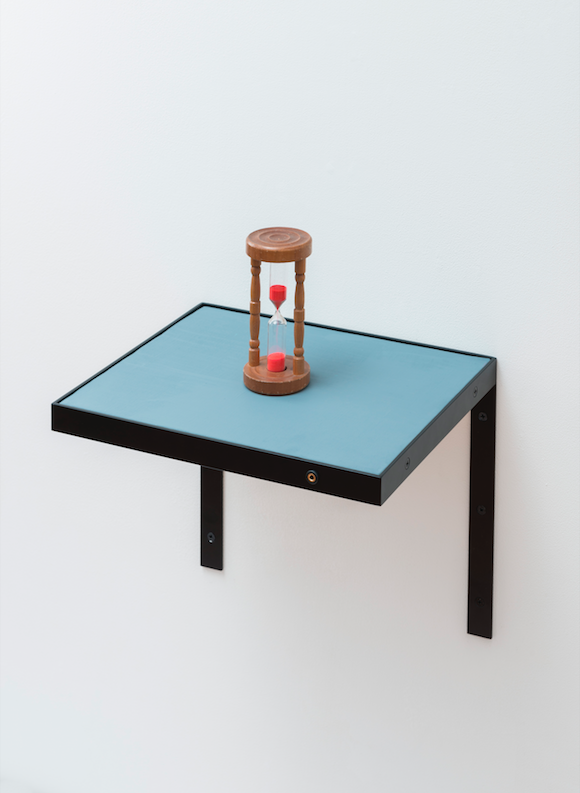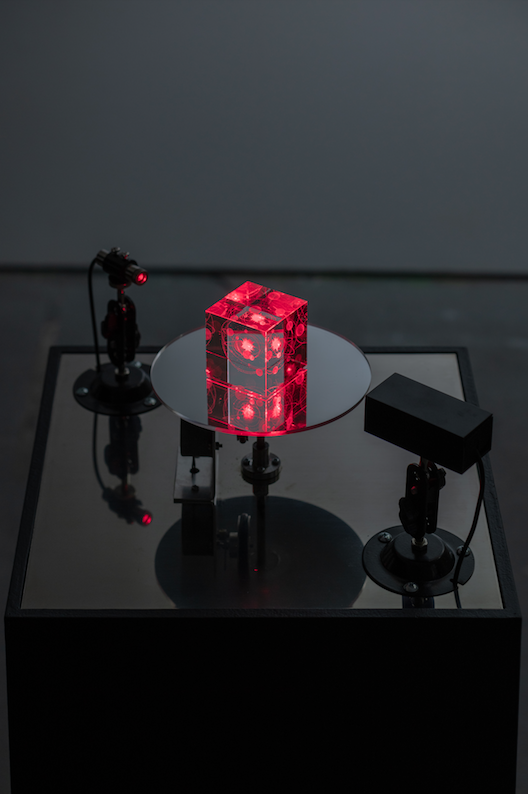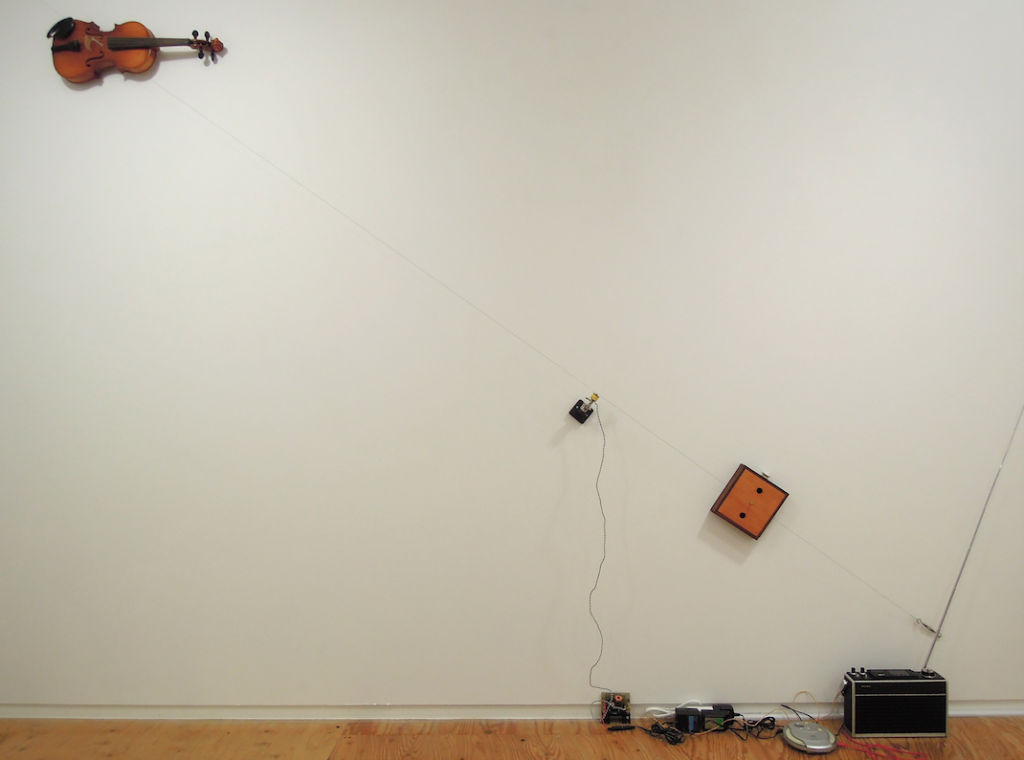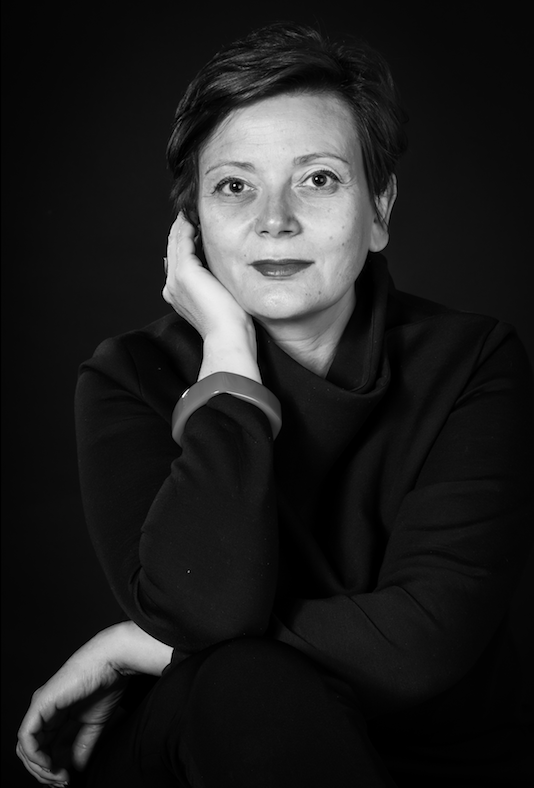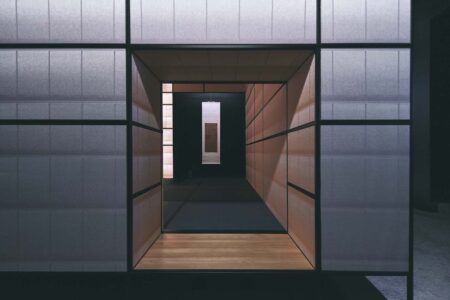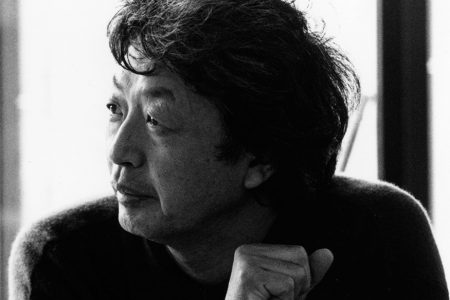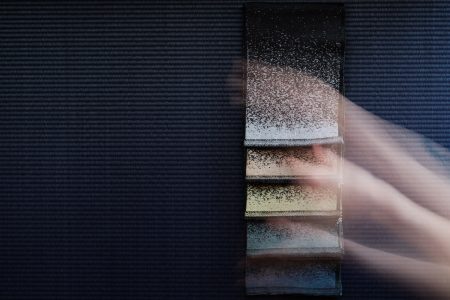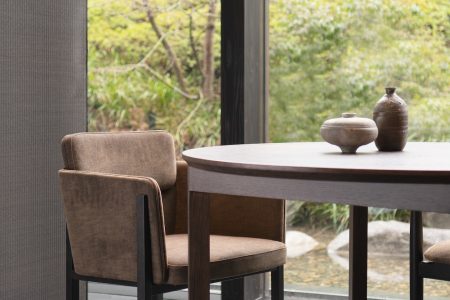Making Voice and Sound Waves from Japan
What does it mean to listen in the 21st century? An exhibition of Japanese sound artists seeks to answer this question at the Felix Frachon Gallery
In a world where personal headphones, customized playlists and individual devices are ubiquitous, the practice of shared listening has become increasingly rare. In the exhibition Voice and Sound Waves: the Japanese scene, opening on February 14, art historian and curator Anne-Laure Chamboissier investigates this fundamental human activity through the lens of Japanese sound artists, an area that she has been investigating for the past four years.
Hosted in “26by” space of the Felix Frachon Gallery, Brussels, the exhibition brings together artists Yukio Fujimoto, Mamoru, Lyota Yagi, Atsushi Nishijima and the Softpad collective (Takuya Minami, Hajime Takeuchi, Ichiro Awazu, Hiroshi Toyama) who represent a broad spectrum of sounds artists spanning three generations. As well as examining the act of listening, Chamboissier aims to share a diverse scene of Japanese art which has received little exposure to the European public.
The medium of sound manifests itself in different formats across the various artists’ practices including sculpture, installation, video, graphic design and performance. One approach to sound art is to focus on the tools of sound-making. Yukio Fujimoto (1950) creates Philosophical Toys out of found materials including cock mechanisms and stereoscopes to create real listening devices that visitors can interact with and truly experience.
Similarly, Yagi Lyota (1980) explores mechanical systems and tools to create “sound-objects”. His works Stupa (2018) and Music for Lazy Susan (2018) aim to stimulate the senses of vision, sounds, balance and time by creating unexpected experiences with objects that have been hacked by the artist.
In another approach, the Softpad collective works more spatially with sound, creating works especially for this exhibition in which they blend the space with pieces that are punctuated by sound and text.
Meanwhile, Mamoru (1977) combines sound, music and visual art in the installation A long listening journey of a Possible thiStory especially of Japanese & Dutch & something more (2018). In a physical collage of image, text and noise visitors are confronted with a montaged narrative which blurs meanings and leads them to an unexpected place which creates new listening conditions.
The exhibition questions the instinctive act of listening and examines it a new light. By creating auditory experiences, the artists bring our attention to the simple joys and the power of tuning into the world through our ears.
‘Voice and Sound Waves: the Japanese scene’ at Felix Frachon Gallery will open on February 14 and be on display until May 11 and is accompanied by a series of lectures and workshops
Cover image:
Y Fujimoto CLOCKS (2002)
photography by Kiyotoshi Takashima

